As the Asus ROG Ally X debuts, will handheld gaming be the next gaming laptop?
The explosion of Windows gaming handhelds could rival gaming laptops.
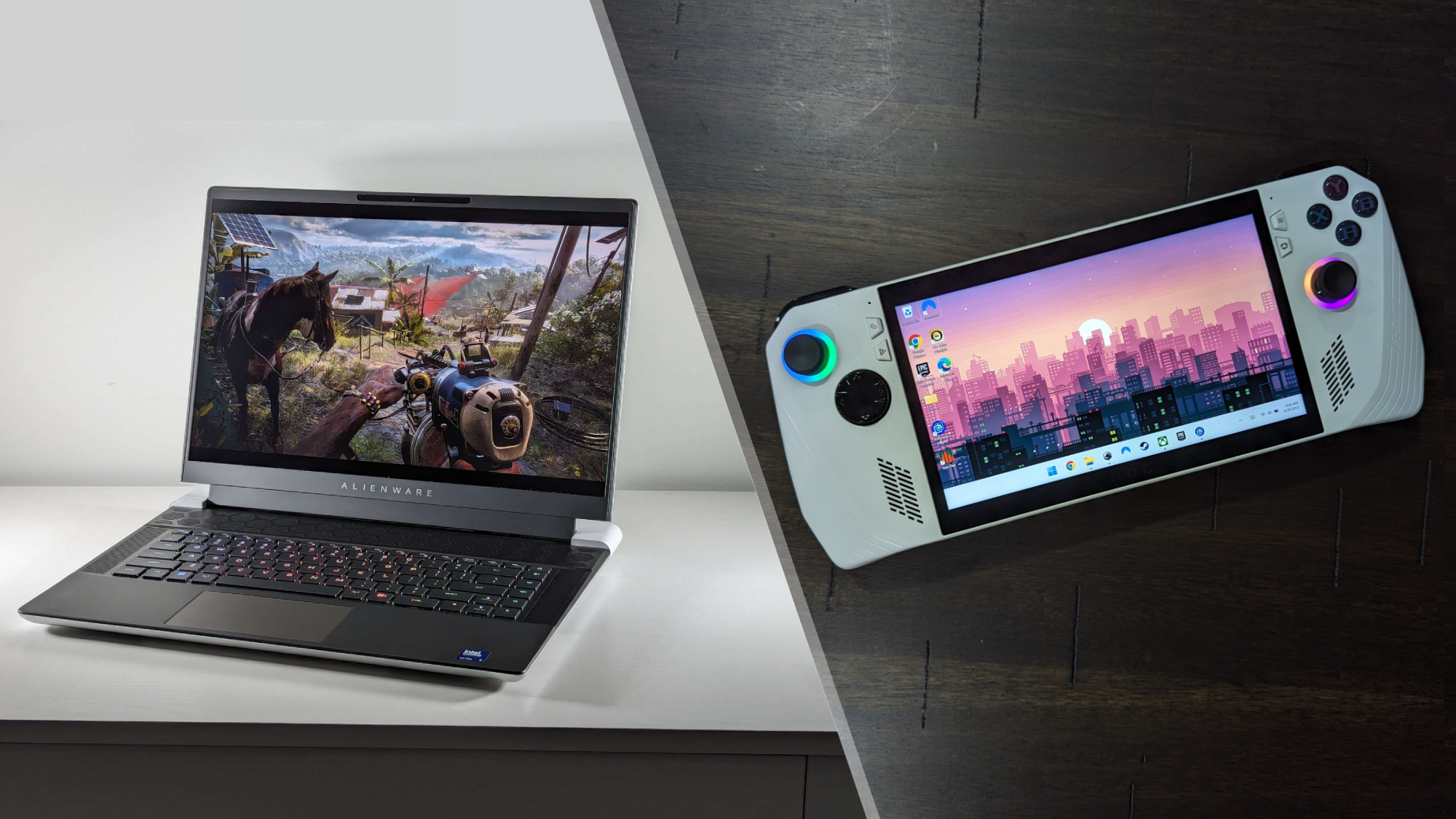
The gaming handheld market is ballooning.
On Sunday, Asus revealed the highly anticipated ROG Ally X, an updated version of a handheld gaming device that's the latest example of a rapidly expanding Windows gaming handheld market.
Some of the biggest gaming hardware manufacturers are entering the ring, and even a graphics card maker has announced its own handheld device. While this growth is apparent now, an industry insider tells Laptop Mag that handhelds won’t be replacing gaming laptops anytime soon.
The number of gaming handheld PCs has been on the rise since the launch of the Steam Deck back in February 2022. In a span of less than a year, out came these other devices:
* The Asus ROG Ally (June 2023)
* The Lenovo Legion Go (October 2023)
* The Steam Deck OLED (November 2023)
* The MSI Claw (March 2024).
As for the future, Asus’ successor, the ROG Ally X, was officially unveiled on Sunday. It's built with 1TB of M.2 2280 SSD storage, 24GB LPDDR5 (7500Mhz) RAM, and an 80Wh battery.
Asus has also revisited its design, offering deeper handles, slanted triggers for enhanced ease of use, and buttons and sticks arranged at a more "ergonomic angle." It had its ROG Ally’s XG Mobile port replaced with two USB Type-C ports instead, one featuring Thunderbolt 4 compatibility. It will be available for $799 at Best Buy.
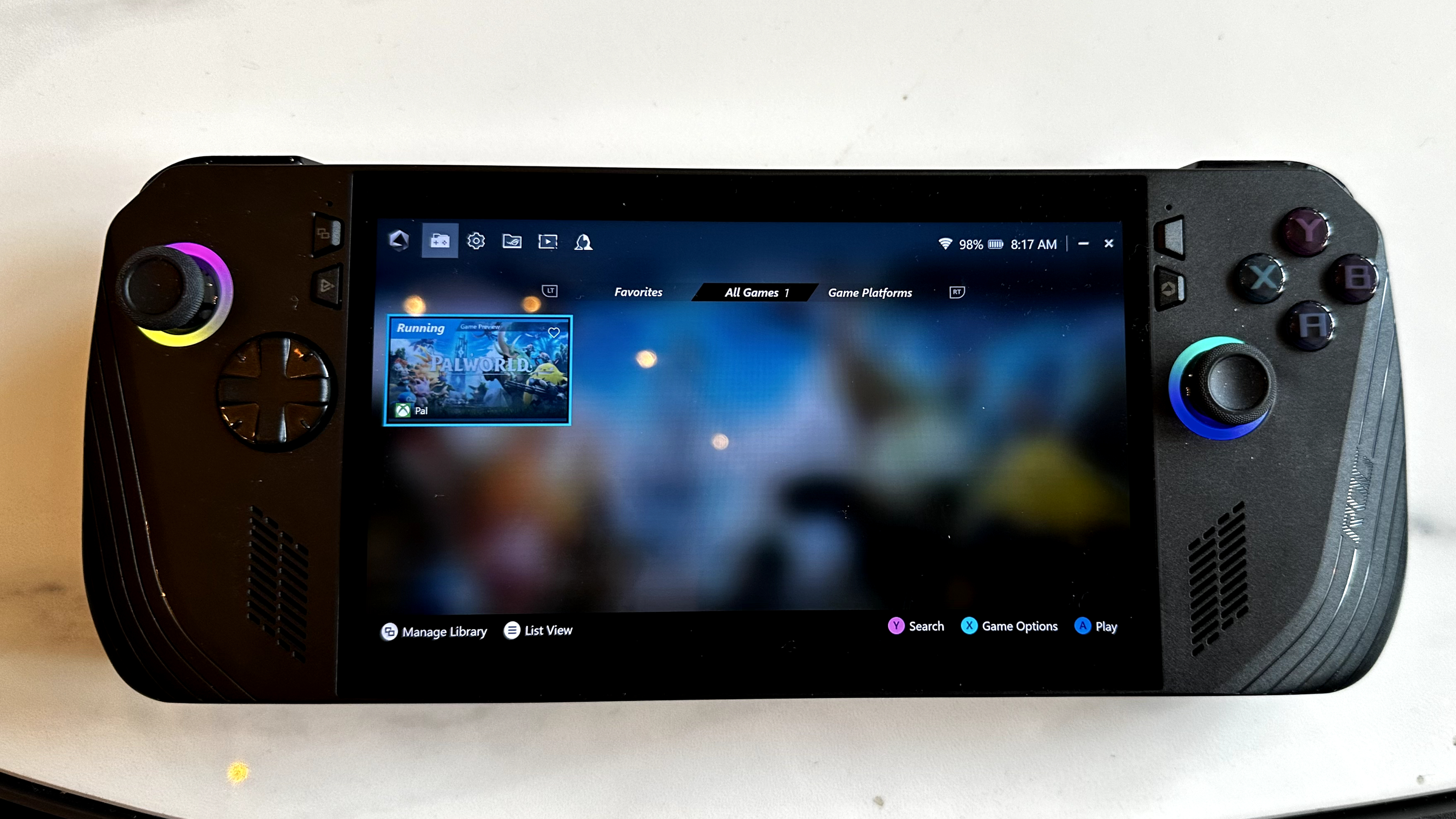
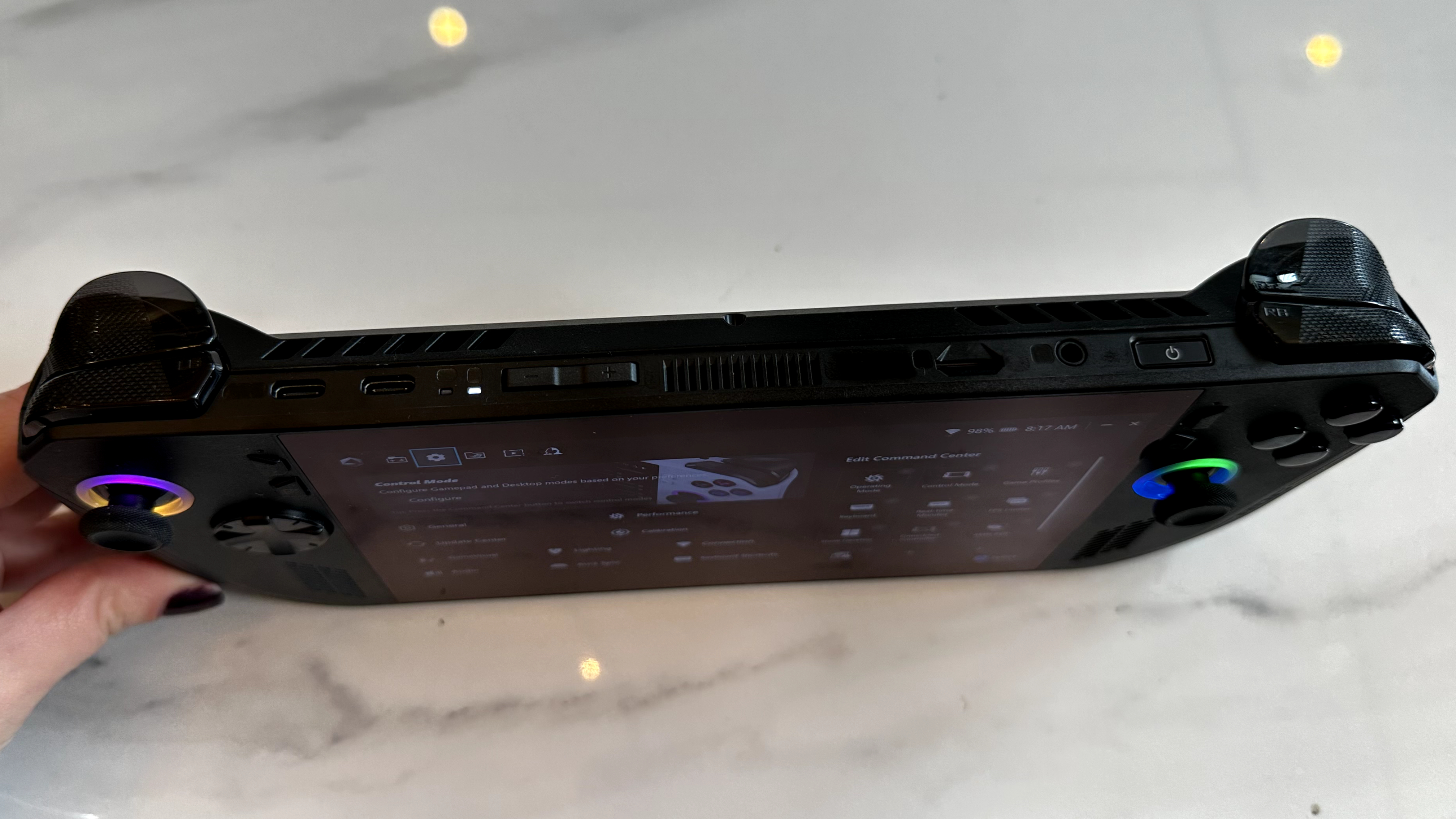

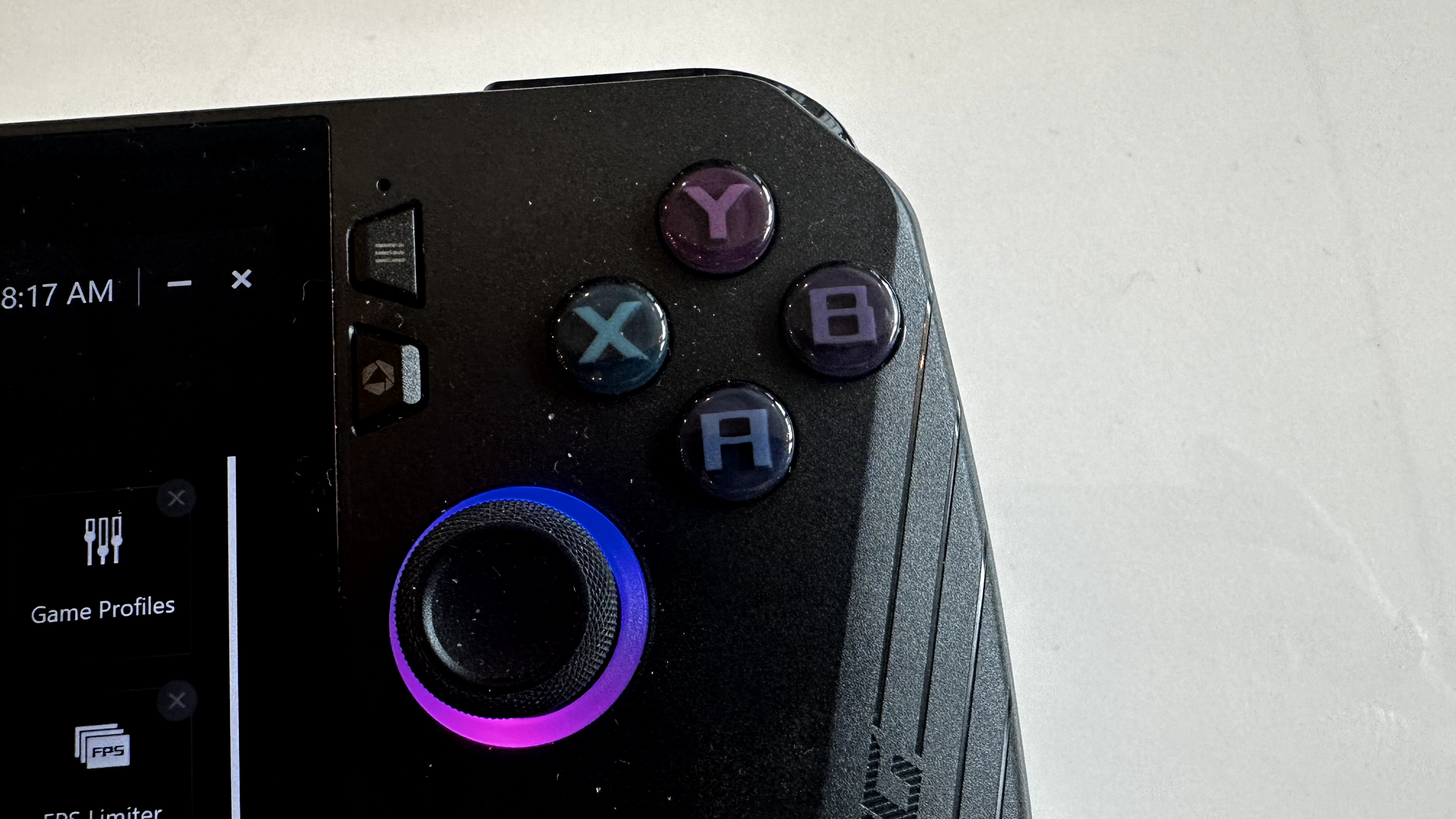

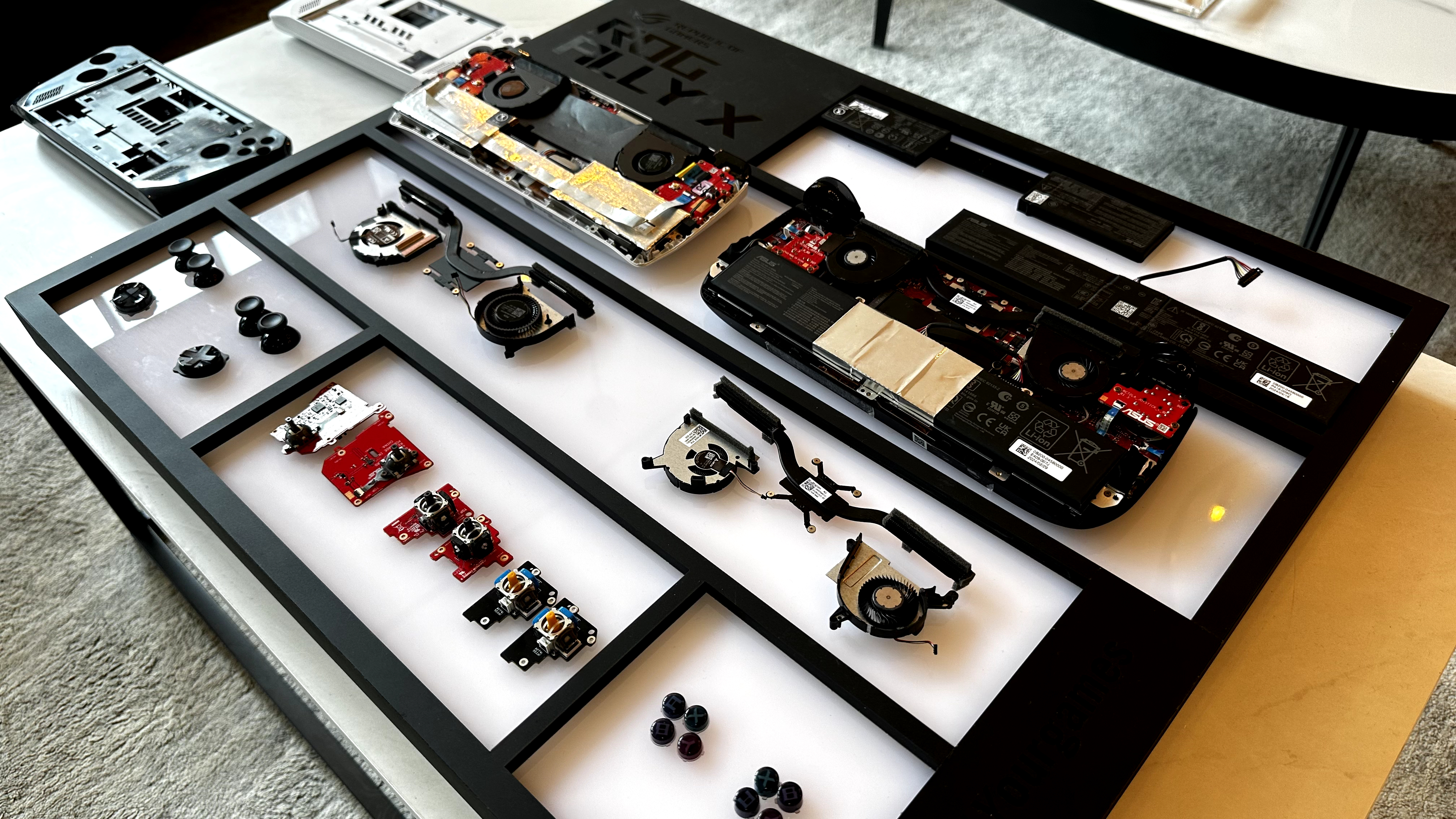
Meanwhile, rumors are heating up about a mid-cycle refresh of the Lenovo Legion Go. This doesn’t include the efforts of companies like GPD and Ayaneo, which are launching their own unique twists on gaming handheld PCs, like the Ayaneo Flip DS, which recreates the good old days of Nintendo DS, or the GPD Win 3, which has a smaller, PS Vita-esque design.
Get The Snapshot, our free newsletter on the future of computing
Sign up to receive The Snapshot, a free special dispatch from Laptop Mag, in your inbox.
The growth of handheld gaming PCs from nothing to a slew of launches within 12 months indicates a newfound investment in this gaming sector.
In an interview with veteran gaming journalist Chris Stead at the Lenovo Innovate conference in March, Lenovo Gaming Category Manager Clifford Chong said that the "product category" of handheld gaming PCs is something they will "continue to invest in.” With the Lenovo Legion Go Lite rumored, it doesn’t seem like the company plans to pull out of the scene anytime soon.
Rapid expansion at this scale begs a huge question: Will the boom of handheld gaming turn it into the next gaming laptop? Is there a future where gaming laptops lose dominance in the market, and this upward rise in handheld gaming consoles takes center stage? Will we see handheld gaming consoles launching yearly as gaming laptops do?
Will Windows gaming handhelds become the main market for PC gaming?
When it comes to sales, the Asus ROG Ally did exceptionally well, estimating up to $318.6 million in quarterly sales, according to reporting from DigiTimes, citing company sources. Also, Asus’ Q2 2023 earnings after the Ally’s launch showed that it was “ranked No. 1 in PC Gaming sales at major 3C channels in North America.”
Laptop Mag asked Gabriel Meng, Director of Product Management at Asus, whether handheld gaming consoles would one day replace the gaming laptop, but he’s not so sure about that future just yet.
“Gaming handhelds and laptops cater to distinct needs within the gaming market, Meng tells Laptop.” Meanwhile, gaming handhelds are “suitable for gamers in search of on-the-go gaming experiences,” while gaming laptops are “catering to users with diverse needs beyond gaming.”
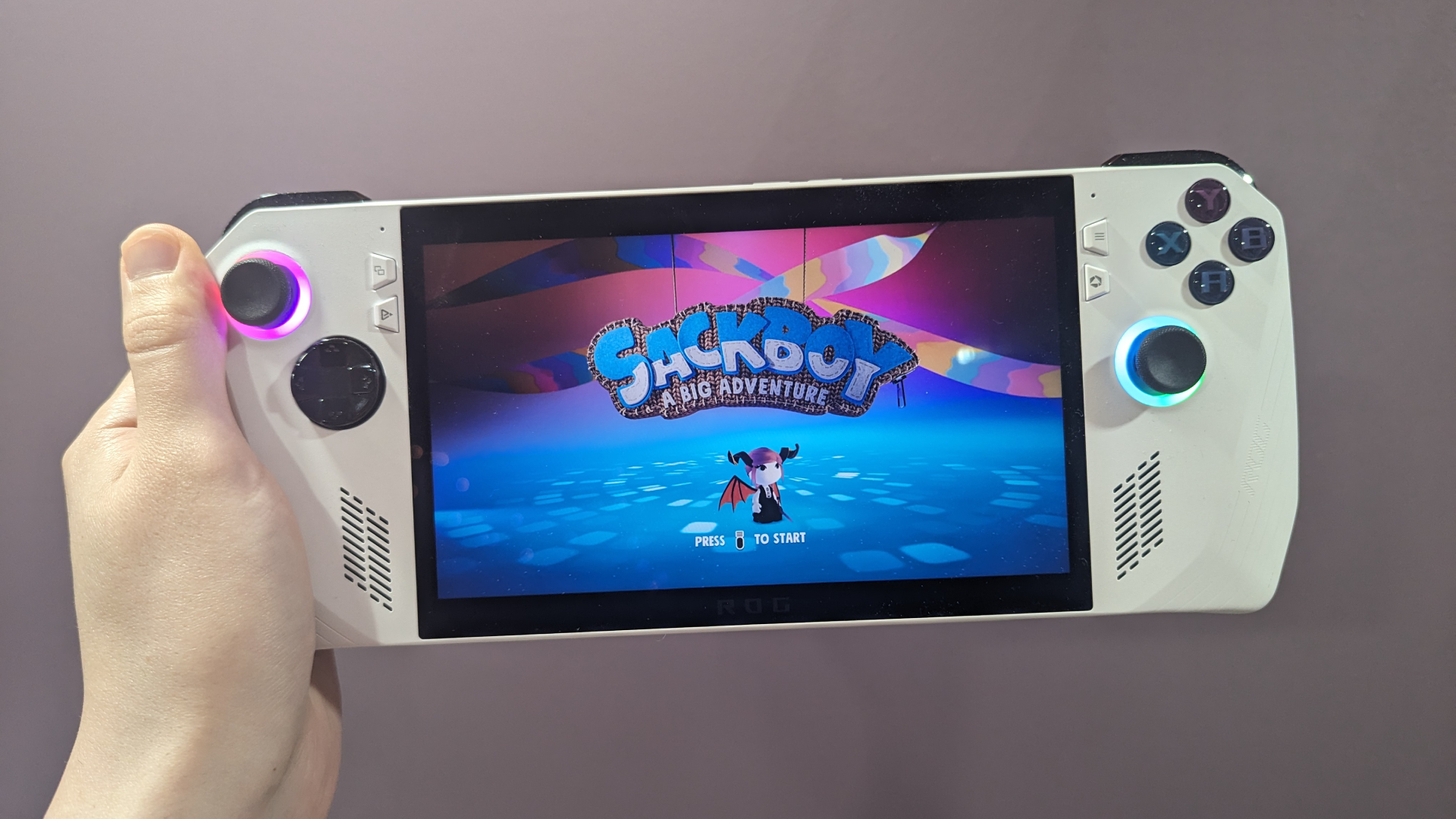
There’s no denying that a gaming laptop can do more than just game, allowing consumers to get work done, watch movies, browse the internet, and more. Handheld gaming devices aren’t for writing essays, so there’s no doubt that gaming laptops will always have a place for those who need them. But if your only goal is gaming, and you’re not looking for the power of a high-end, dedicated graphics card, it wouldn’t be a terrible idea to consider a gaming handheld console rather than a gaming laptop.
Laptop also asked Meng if he believes gaming hardware manufacturers would put out new models every one or two years. “Not necessarily,” he says, citing conventional consoles as a comparable comparison. “Consoles rarely undergo annual updates, and there are valid reasons for this. Companies consider factors such as performance gains and potential price increases before updating their hardware. This same logic applies to Windows handhelds.”
Meng says that even though there are “annual advancements in chip technology, increases in performance aren’t always limited to graphics.” It’s the “essential factor for handheld devices,” he adds, citing this year’s focus on Neural Process Units (NPUs) as one example of how new chips can differ. If new chips don’t see a leap in graphical power, refreshing a handheld gaming console isn’t necessary.
Meng goes on to explain that “the key to introducing new devices will be understanding and catering to the changing needs and use cases,” as “the market is diverse and constantly evolving.” While this could be true for any market, it’s especially true for Windows handheld gaming consoles, which have only started in the last year.
There are also mid-generation upgrades to consider, which are already common in many gaming handhelds. The Steam Deck OLED launched a year and a half after its original counterpart, while the Asus ROG Ally X is to be unveiled in June, with its release expected shortly after. That would be just a year after the launch of the original. While the AMD Ryzen Z1 Extreme is still used in handheld models being released, it doesn’t stop companies from refreshing handhelds with other upgrades.
For example, the Asus ROG Ally X is upgrading its RAM from 16GB LPDDR5 (6400Mhz) to 24GB LPDDR5 (7500Mhz), a battery from 40Wh to 80Wh, SSD storage from 512GB to 1TB, and additional USB Type-C ports. Similarly, the Lenovo Legion Go Lite is rumored to offer a more affordable handheld gaming console by ditching the removable controllers and downgrading to an AMD Ryzen Z1 rather than a Z1 Extreme.
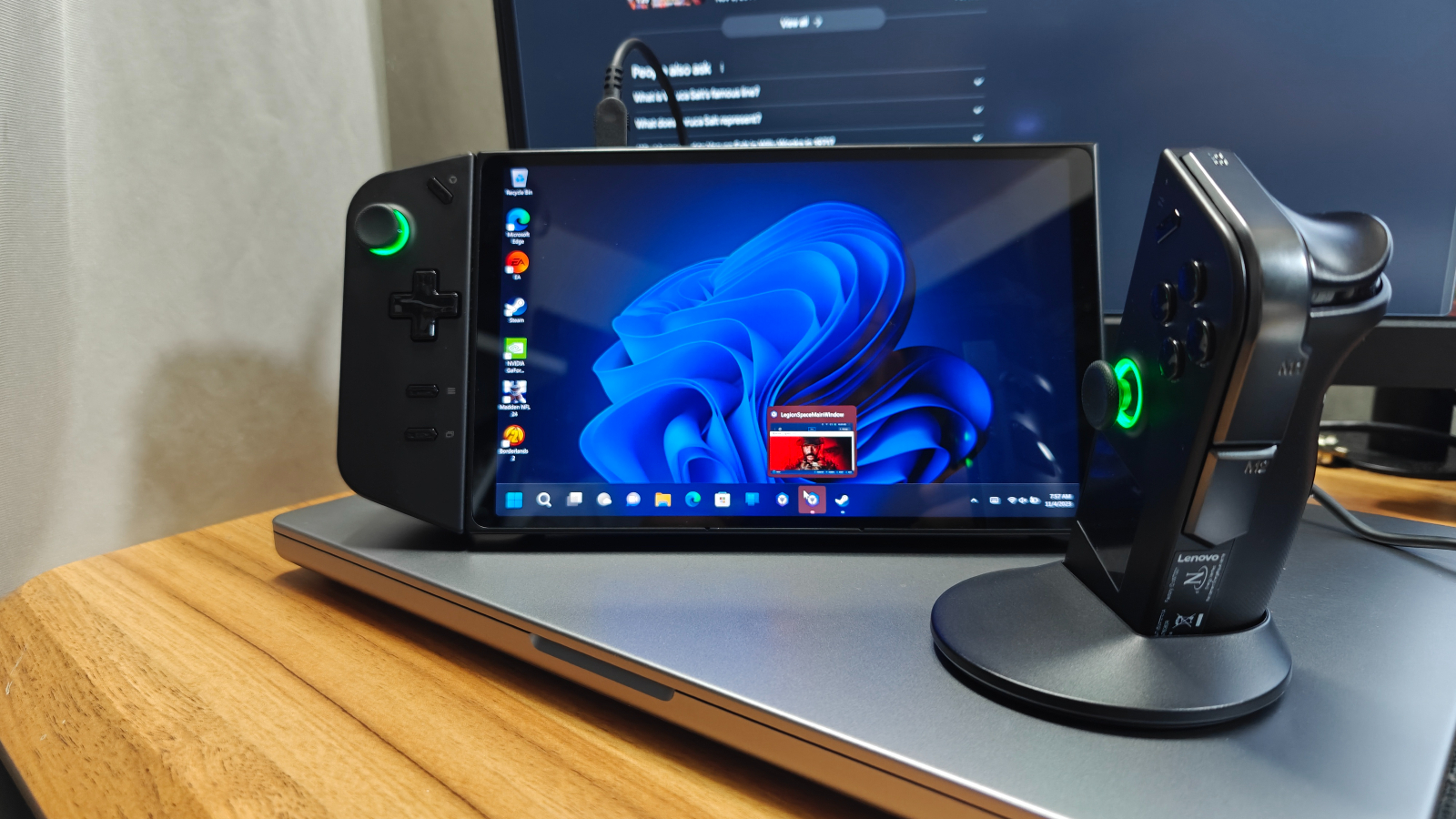
New chipsets might not be worth implementing annually, especially if AMD skips every other year. Still, it’s clear that mid-cycle upgrades are popular during these early stages of the growing market. Companies still seem to be pushing for annual refreshes by making changes elsewhere. After all, gaming laptops often receive yearly refreshes even though new graphic cards series often have a two-year gap between them.
Outlook
Windows gaming handhelds offer a more affordable, focused experience for those who need it. Still, it’s up in the air if this is the start of something that rivals the launch consistency and market dominance of gaming laptops or just another tech trend that dips in relevancy over the next few years.
Considering how committed hardware companies are, with the recent unveiling of the Asus ROG Ally X only adding fuel to the fire, it looks like this one will stick.

Self-described art critic and unabashedly pretentious, Claire finds joy in impassioned ramblings about her closeness to video games. She has a bachelor’s degree in Journalism & Media Studies from Brooklyn College and five years of experience in entertainment journalism. Claire is a stalwart defender of the importance found in subjectivity and spends most days overwhelmed with excitement for the past, present and future of gaming. When she isn't writing or playing Dark Souls, she can be found eating chicken fettuccine alfredo and watching anime.
